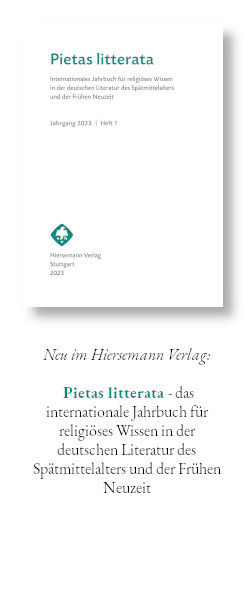Glossografia bassomedievale alle Georgiche
DOI:
https://doi.org/10.36191/mjb/2025-60-2-3Schlagworte:
Georgics, Vergil, Glossography, Laon, Orléans, Bologna University, Giovanni del Virgilio, Benvenuto da Imola, recollectio, recollecta, expositio, commentary, exegesis, ServiusAbstract
Giandomenico Tripodi: Late Medieval Glossography on the Georgics
This paper aims to trace the evolution of the exegesis of Virgil’s Georgics by analyzing key developments and the relationship between Servius and the exegetes of the late Middle Ages. In particular, the study focuses on two pivotal moments in the exegetical history of the Georgics: twelfth-century France and fourteenth-century Italy. As of the first, the paper examines the commentaries produced in Laon (Paris, Bibliothèque nationale de France, Lat. 3713, and London, British Library, Additional 16380) and Orléans (Berlin, Staatsbibliothek, Lat. fol. 34, and London, British Library, Additional 33220). These are analyzed from both a paleographic-codicological and exegetical perspective, highlighting similarities such as the use of Macrobius as an exegetical source and differences such as the structure of the exegesis. Regarding the fourteenth-century Italian tradition, the paper evaluates the Virgilian exegesis produced in Bologna, focusing on the significant innovations found in the recollecte of Giovanni del Virgilio (Vatican City, Biblioteca Apostolica Vaticana, Vat. lat. 5990, and Padua, Biblioteca Universitaria, 1084) and Benvenuto da Imola, both of whom introduced a new usus exponendi and offered critiques of the long-lasting auctoritas of Servius.


